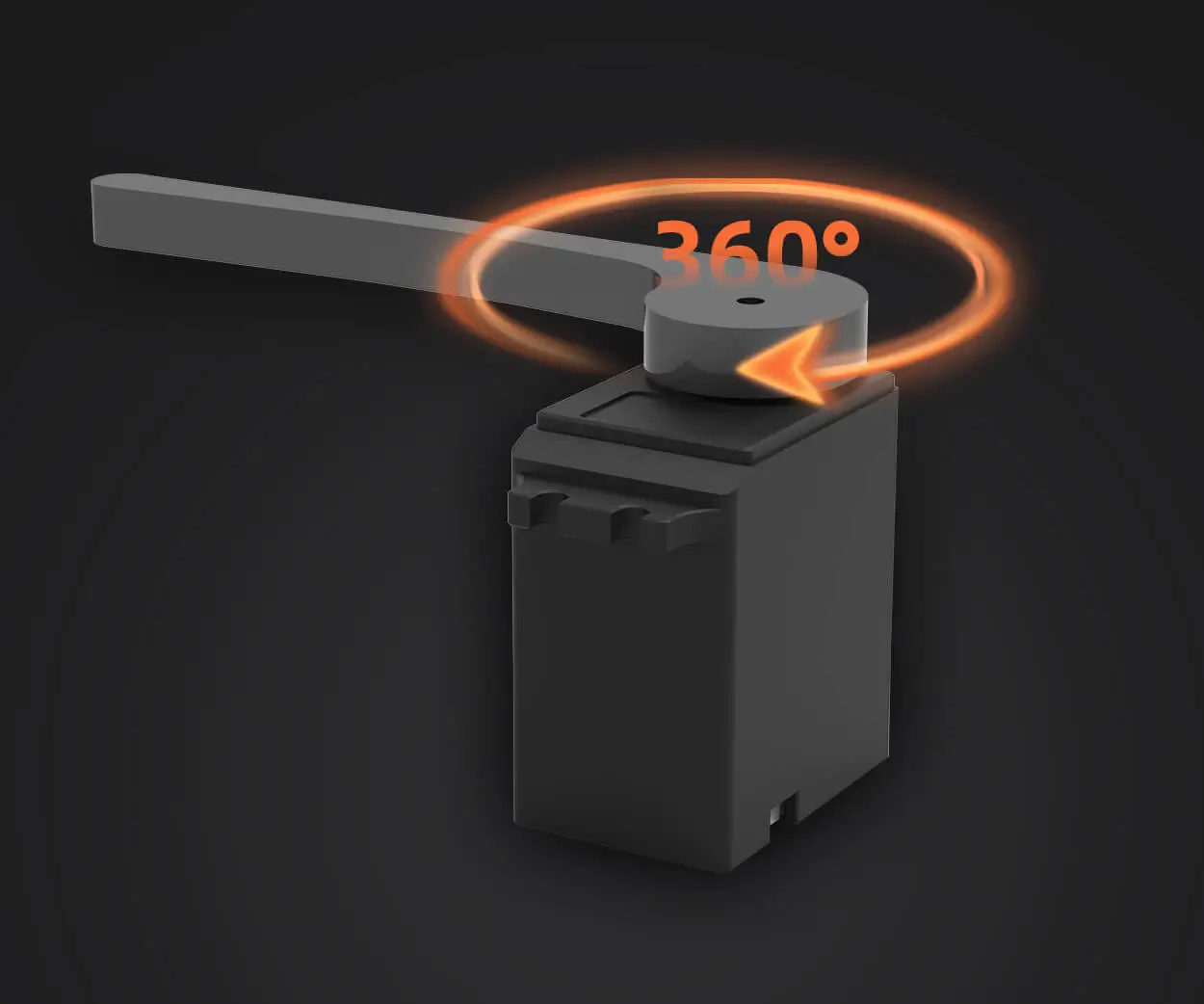Imagine building an app that’s not just good, but incredibly flexible. Imagine being able to roll out updates without shutting down the entire system, chips falling into perfect place every time. This isn’t just a dream—it's what microservices architecture in .NET Core makes possible.

Think about breaking down a monolith application into bite-sized, independent pieces. Each piece or service handles a specific function. When you do this with .NET Core, you're leveraging a lightweight, fast framework that’s perfect for creating those micro parts. It’s like assembling a toolbox—modular, easy to update, and scalable. Need to add a new feature? Just build a new microservice and plug it in. No need to tear down the whole system.
The beauty of microservices in .NET Core? The way they communicate. They do it through lightweight protocols, often REST APIs or messaging queues. So your system is like a well-oiled machine, with each part chattering seamlessly. Plus, .NET Core offers built-in support for containers. Think about deploying a microservice in a Docker container—it runs consistently everywhere, on any cloud or server.
What about resilience? Well, when one microservice hits a snag, it doesn’t topple the entire app. That’s a game-changer. Your system remains available, even during hiccups. Load balancing and fault tolerance become built-in features you don’t have to scramble to implement. And when it’s time to scale up? Just spin up more instances of the hot spots. Easy, right?
The flip side is—often people ask, “Isn’t managing so many microservices complicated?” Sure, it can be. But with proper architecture, orchestration tools like Kubernetes, and good DevOps practices, it becomes a smooth dance rather than a chaotic jumble. With .NET Core’s cross-platform nature, deploying on Linux, Windows, or Mac becomes a breeze—again, adding to the flexibility.
And let’s not forget about maintenance. When a part needs fixing or upgrading, it’s like upgrading just one piece of your Lego set—no need to dismantle everything. That saves time, reduces risks, and keeps the app fresh and responsive.
Why choose microservices architecture using .NET Core? Because it’s a future-proof choice. It lets you adapt faster, innovate faster, and keep ahead in the ever-evolving tech game. It’s about turning big ideas into reality without the headaches of monolithic systems.
So, what’s the catch? Honestly, there’s no free lunch. Fine-tuning, good design, careful planning—those matter most. But if you’re aiming to build something scalable, resilient, and flexible, this approach is hard to beat. The way forward is clear: embrace microservices with .NET Core, and watch your projects transform into dynamic, unstoppable engines.
Established in 2005, Kpower has been dedicated to a professional compact motion unit manufacturer, headquartered in Dongguan, Guangdong Province, China. Leveraging innovations in modular drive technology, Kpower integrates high-performance motors, precision reducers, and multi-protocol control systems to provide efficient and customized smart drive system solutions. Kpower has delivered professional drive system solutions to over 500 enterprise clients globally with products covering various fields such as Smart Home Systems, Automatic Electronics, Robotics, Precision Agriculture, Drones, and Industrial Automation.




































